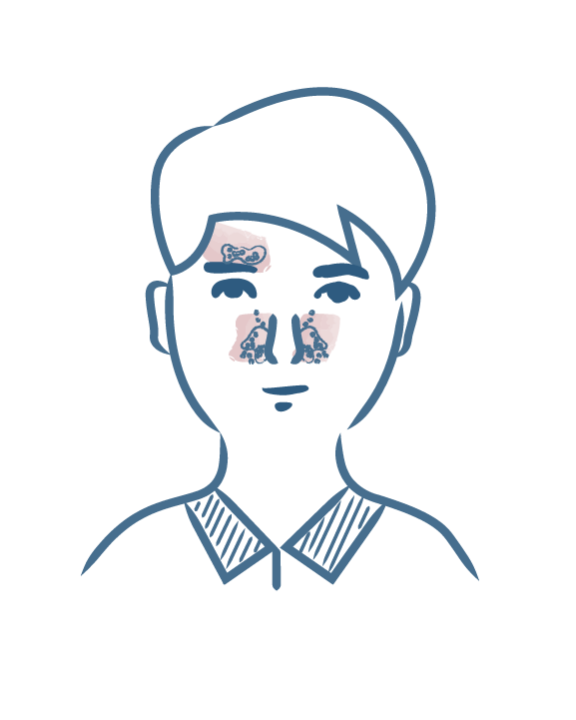-
Your concerns
Our articles to help you gain a better understanding
-
Our solutions
-
Ducray Dermatological laboratories
Our articles to help you gain a better understanding

The clinical signs of seborrheic dermatitis may in some cases resemble those of psoriasis.
For this reason, seborrheic dermatitis and psoriasis can be difficult to differentiate clinically. Both conditions affect roughly equal numbers of people, with psoriasis affecting between 2 and 4%(1) of the population and seborrheic dermatitis affecting 3% of the population(2).

Summary
Psoriasis is a potential diagnosis when faced with the appearance of seborrheic dermatitis lesions on the scalp. According to the definition of seborrheic dermatitis, lesions are distinguished by their erythematous (redness) and scaly (falling of dead cells) appearance, whereas psoriasis lesions are drier, thicker, whiter and more clearly defined.
Facial lesions are rare and are usually associated with plaques on other areas of the body. In the event of facial psoriasis lesions in areas rich in sebum, it can be difficult to distinguish between the two conditions. This is referred to as sebo-psoriasis. It is similar to seborrheic dermatitis because the lesions are almost identical, with small, greasy scales on the forehead, eyebrows and nostrils.
Clinical examination by the healthcare professional will be thorough and will involve looking for lesions elsewhere on the body to help determine the diagnosis. For example, the presence of clinical signs on the elbows or knees will assist in making a diagnosis of psoriasis.
Is it psoriasis or seborrheic dermatitis? Distinguishing between these two conditions, as you will have gathered, is far from being straightforward!
Differential diagnosis of the two conditions is essentially based on two criteria:
Lesions located in areas other than the face and family history are two almost indispensable criteria for distinguishing psoriasis from seborrheic dermatitis.
(1) Resopso (2) Mastrolonardo M, Diaferio A, Vendemiale G, Lopalco P. Seborrhoeic dermatitis in the elderly: inferences on the possible role of disability and loss of self-sufficiency. Acta Derm Venereol. (2004), Vol. 84, pp. 285-287.
Irritated skin with redness and scales

Skin prone to red plaques and itchy dry skin
NEWSLETTER
Dermatological expertise
To better understand your skin and hair, discover our exclusive content and innovative care products designed to improve your quality of life..